Perfecting the legal framework to promote the commercialization of intellectual property
The Law on Intellectual Property was promulgated in 2005 and has been amended and supplemented three times in 2009, 2019 and 2022, contributing to the formation of a basic legal system on intellectual property rights (IP) protection in our country. However, in the context of the fourth industrial revolution, digital transformation and deep international integration, many provisions of the current law have revealed limitations, failing to keep up with the practical development of science , technology and innovation.
Intellectual property today is not only a tool to protect the legitimate rights of authors, inventors or businesses, but also a strategic asset and the foundation of national competitiveness.
Perfecting the law on intellectual property has become urgent for Vietnam to take advantage of opportunities from innovation, commercialization of intellectual property, development of high-tech industries and deep integration into the global value chain.
The draft Law amending and supplementing a number of articles of the Law on Intellectual Property was developed to concretize the Party's policies and guidelines in major resolutions such as Resolution No. 57-NQ/TW on breakthroughs in science and technology development, innovation and national digital transformation; Resolution No. 66-NQ/TW on innovation in law-making and enforcement; Resolution No. 68-NQ/TW on private economic development; along with the requirement of synchronization with the Law on Science, Technology and Innovation which is about to be issued.
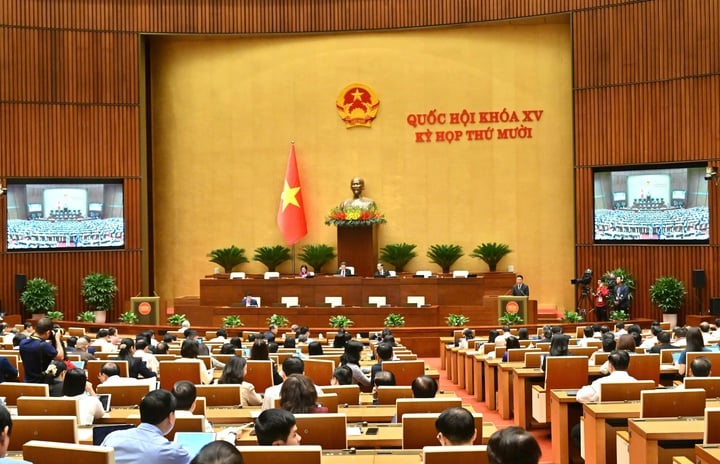
Overview of the meeting on the afternoon of October 27, National Assembly deputies listened to the Minister of Science and Technology, Chairman of the Committee on Law and Justice, present the Submission and Verification Report on the draft Law amending and supplementing a number of articles of the Law on Intellectual Property.
The amended law focuses on five major policy groups, notably the policy group on supporting the creation and commercial exploitation of intellectual property objects to promote innovation.
This draft law does not only stop at protecting rights, but also expands to exploiting commercial rights, considering this as a driving force for development. The State will have policies to support the creation, establishment, management and development of intellectual property objects; support the valuation, transfer and sharing of rights; and at the same time encourage the use of intellectual property rights to borrow capital, mortgage or become investment assets.
With this bill, intellectual property rights can be valued, bought and sold, and turned into assets. The most important change of the bill is the shift from rights protection to assetization, commercialization and marketization of research results . Thanks to that, intellectual property will become a strategic competitive tool for businesses and countries.
In particular, the draft law supplements regulations on handling intellectual property conflicts to facilitate commercial exploitation and encourage financial models of intellectual property.
A national database on intellectual property values will be established, creating a foundation for a transparent and efficient intellectual property trading market. The State will also prioritize ordering and purchasing products and services created from domestic inventions, designs, and software, in order to promote domestic creative activities.
The second group of policies focuses on simplifying administrative procedures, facilitating the registration and establishment of intellectual property rights.
Accordingly, the processes for granting patents, protecting trademarks, designs, plant varieties, etc. will be shortened and gradually switched to a post-audit mechanism instead of a pre-audit mechanism, in order to reduce the time for processing documents and improve the efficiency of online public services. The management agency will prioritize investment in information technology infrastructure and the development of a digital database specialized in IP, meeting the requirements of digital transformation in this field.
A notable new point is the draft law amending and supplementing regulations on authority and procedures for performing a number of tasks in the field of industrial property and plant varieties, ensuring consistency with the policy of decentralization and delegation of power to localities.
Transferring some detailed regulations on handling applications and administrative procedures to decrees and circulars is also a solution to maintain the stability of the law while being flexible in the implementation process.
Improve the effectiveness of rights protection and update global intellectual property trends
The third group of policies aims to improve the effectiveness of intellectual property protection activities.
The draft law expands the scope of infringements that can be handled, increases the level of compensation for damages, and adds provisions to handle acts of abuse of rights protection procedures. In particular, in the context of the digital economy, the law will clearly stipulate the responsibilities of businesses providing intermediary services on the network environment, such as online platforms, social networks or e-commerce platforms, in preventing rights infringements.
At the same time, the Government will increase resources for rights protection agencies, build an interconnected online data system to serve the monitoring, appraisal and enforcement of intellectual property rights, and expand training for specialized human resources, reduce conditions for granting appraisal cards to enhance enforcement capacity in practice.
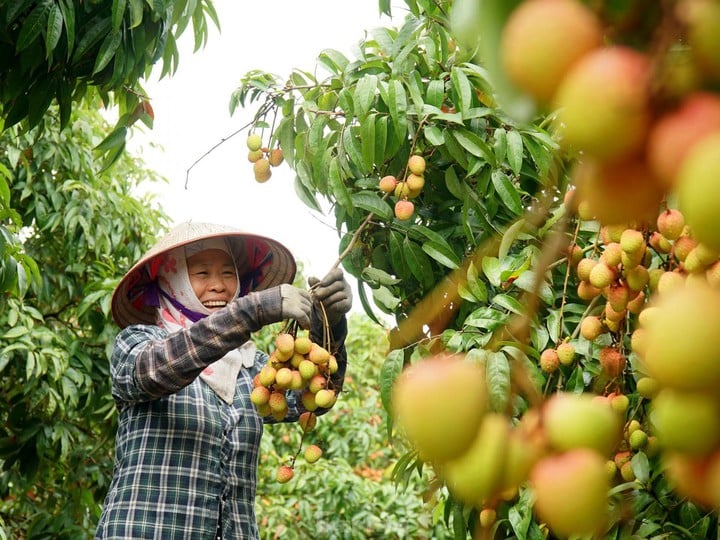
The fourth group of policies ensures full implementation of Vietnam's international commitments on intellectual property protection.
The draft law updates and supplements regulations on protected subjects such as cable signals, audio and video recordings, as well as regulations on infringing goods, priority rights in international registration, etc. to meet the standards of agreements to which Vietnam is a member, such as the CPTPP, EVFTA or RCEP.
The fifth policy group updates new issues in intellectual property protection in the world, in accordance with Vietnam's development level.
The draft law expands the scope of industrial design protection, including user interface designs and virtual assets; adds provisions on patent protection for computer programs, algorithms, and business methods in specific cases; and studies the mechanism for protecting intellectual property rights related to artificial intelligence.
This is a necessary step for Vietnam's IP law to approach international trends, creating a legal foundation for emerging technology fields, while ensuring harmony of interests between creators, businesses and society.
The draft Law amending and supplementing a number of articles of the Law on Intellectual Property was drafted by the Government following a shortened procedure, ensuring compliance with the provisions of the Law on Promulgation of Legal Documents. The drafting, appraisal and consultation process was carried out publicly, with the participation of ministries, branches, localities, scientists, businesses and experts.
The passage of this draft Law will mark an important step forward in the process of perfecting the socialist-oriented market economic institution, promoting innovation, developing the science and technology market, and enhancing national competitiveness in the era of knowledge economy and digital transformation.
Perfecting intellectual property laws not only protects the rights of creators, but also creates a favorable environment for new ideas to be nurtured, commercialized and spread, becoming a driving force for national development. This is an important condition for Vietnam to move quickly on the path of building a nation of innovation, technological autonomy and global integration.
Source: https://mst.gov.vn/tai-san-hoa-so-huu-tri-tue-buoc-ngoat-tu-duy-trong-du-luat-moi-197251027184215737.htm



![[Photo] President Luong Cuong attends the 80th Anniversary of the Traditional Day of the Armed Forces of Military Region 3](https://vphoto.vietnam.vn/thumb/1200x675/vietnam/resource/IMAGE/2025/10/28/1761635584312_ndo_br_1-jpg.webp)
![[Photo] Draft documents of the 14th Party Congress reach people at the Commune Cultural Post Offices](https://vphoto.vietnam.vn/thumb/1200x675/vietnam/resource/IMAGE/2025/10/28/1761642182616_du-thao-tai-tinh-hung-yen-4070-5235-jpg.webp)







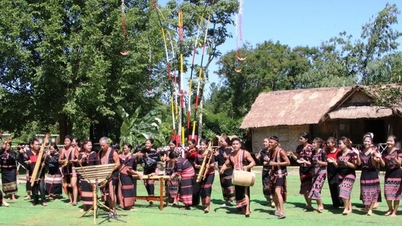
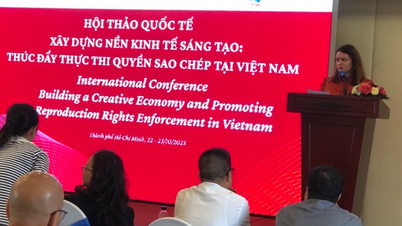





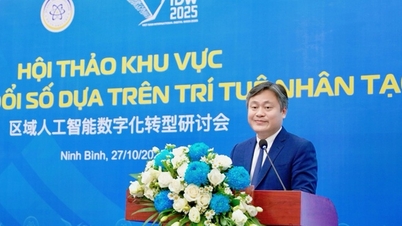
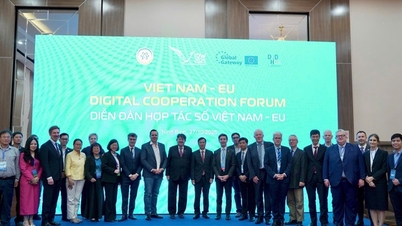
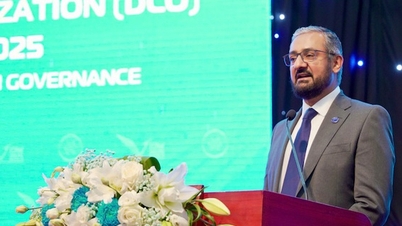

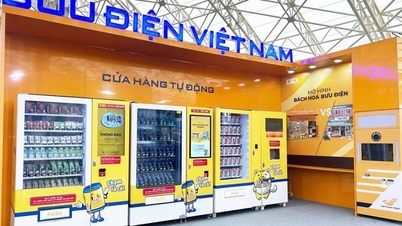



![[Photo] The 5th Patriotic Emulation Congress of the Central Inspection Commission](https://vphoto.vietnam.vn/thumb/1200x675/vietnam/resource/IMAGE/2025/10/27/1761566862838_ndo_br_1-1858-jpg.webp)



































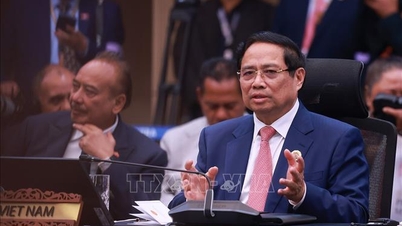
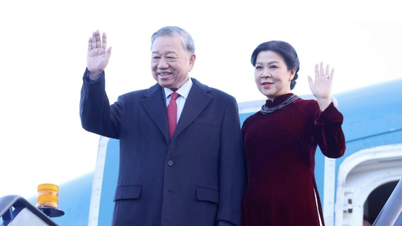



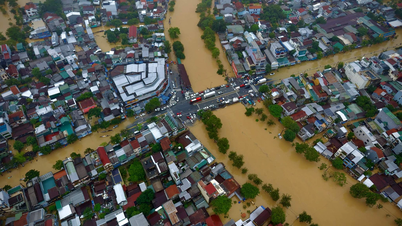


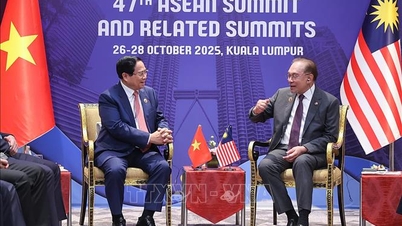

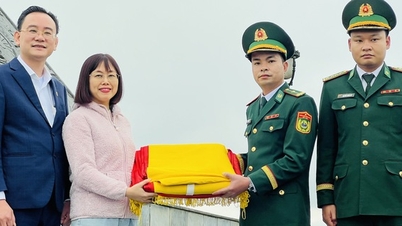
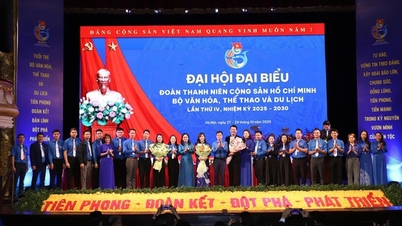
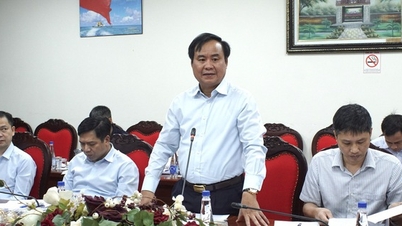
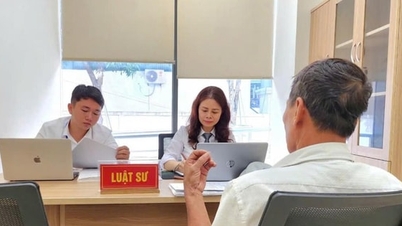

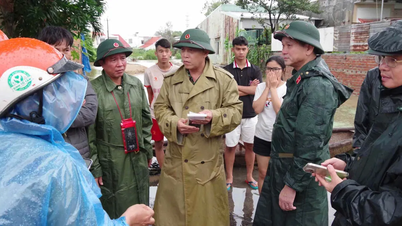


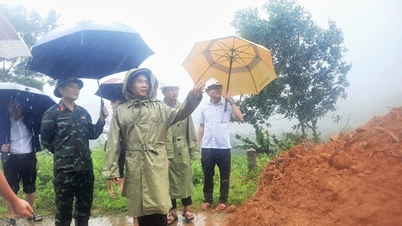




















Comment (0)